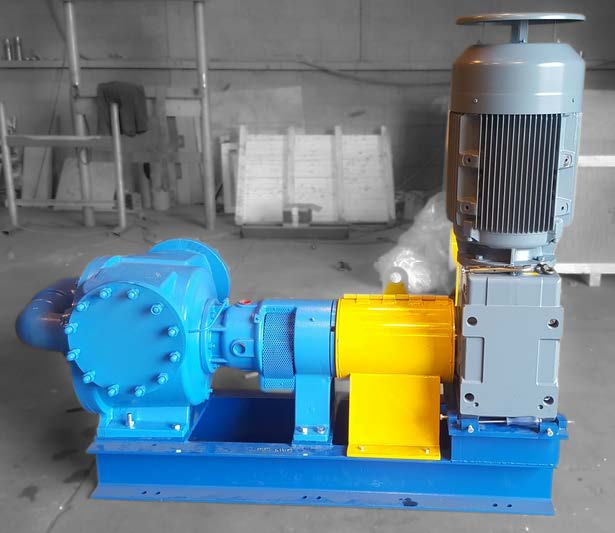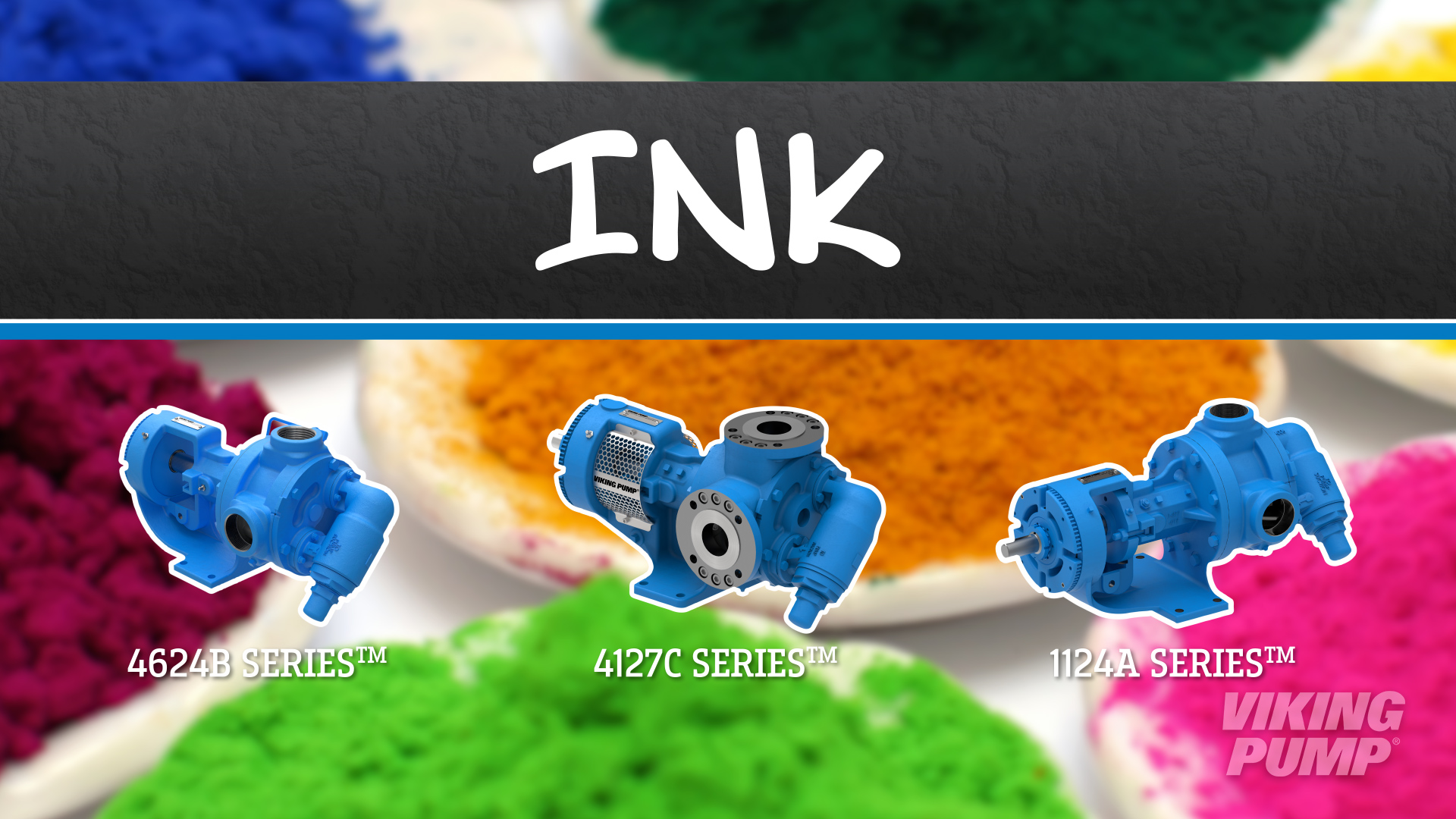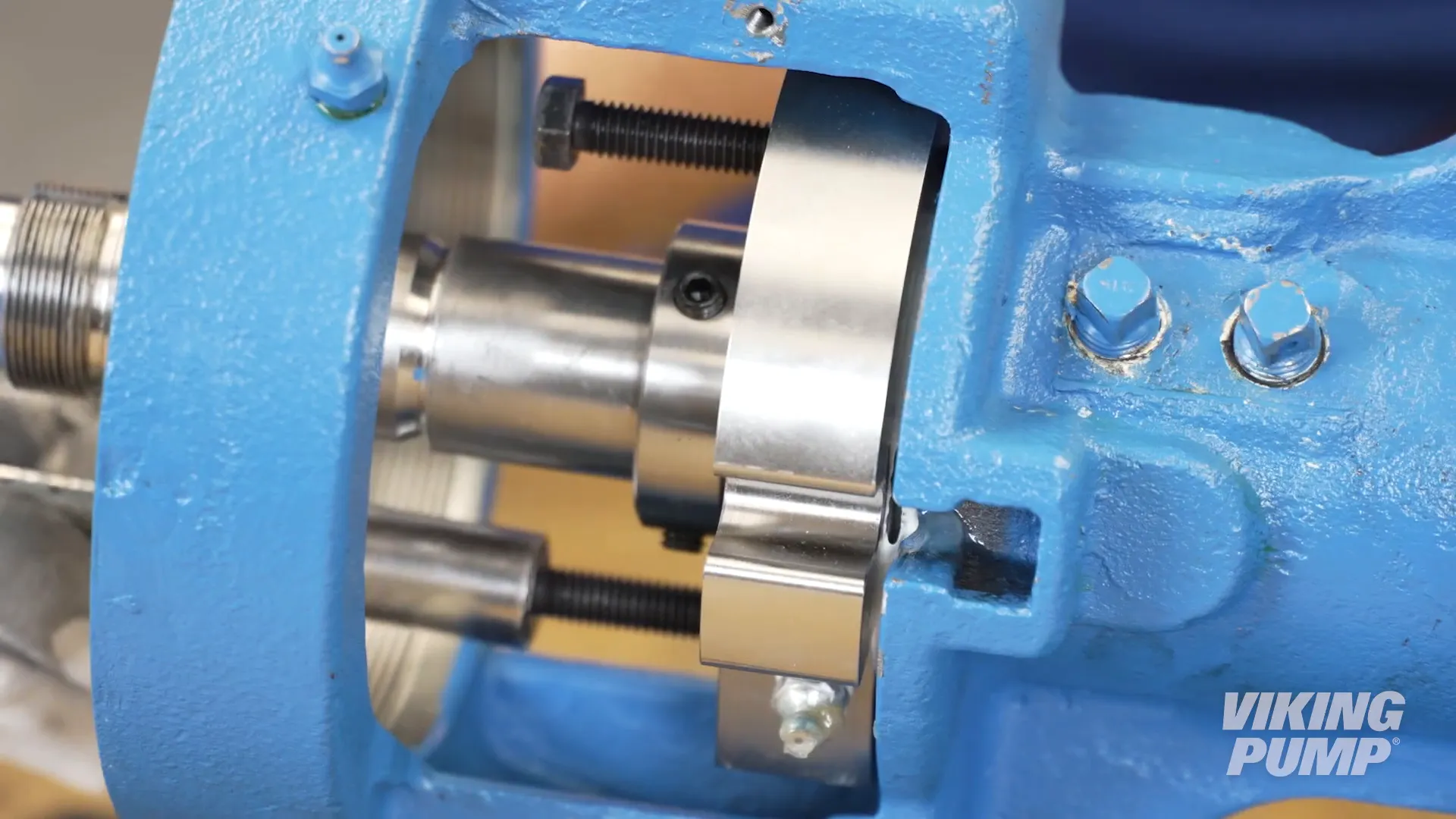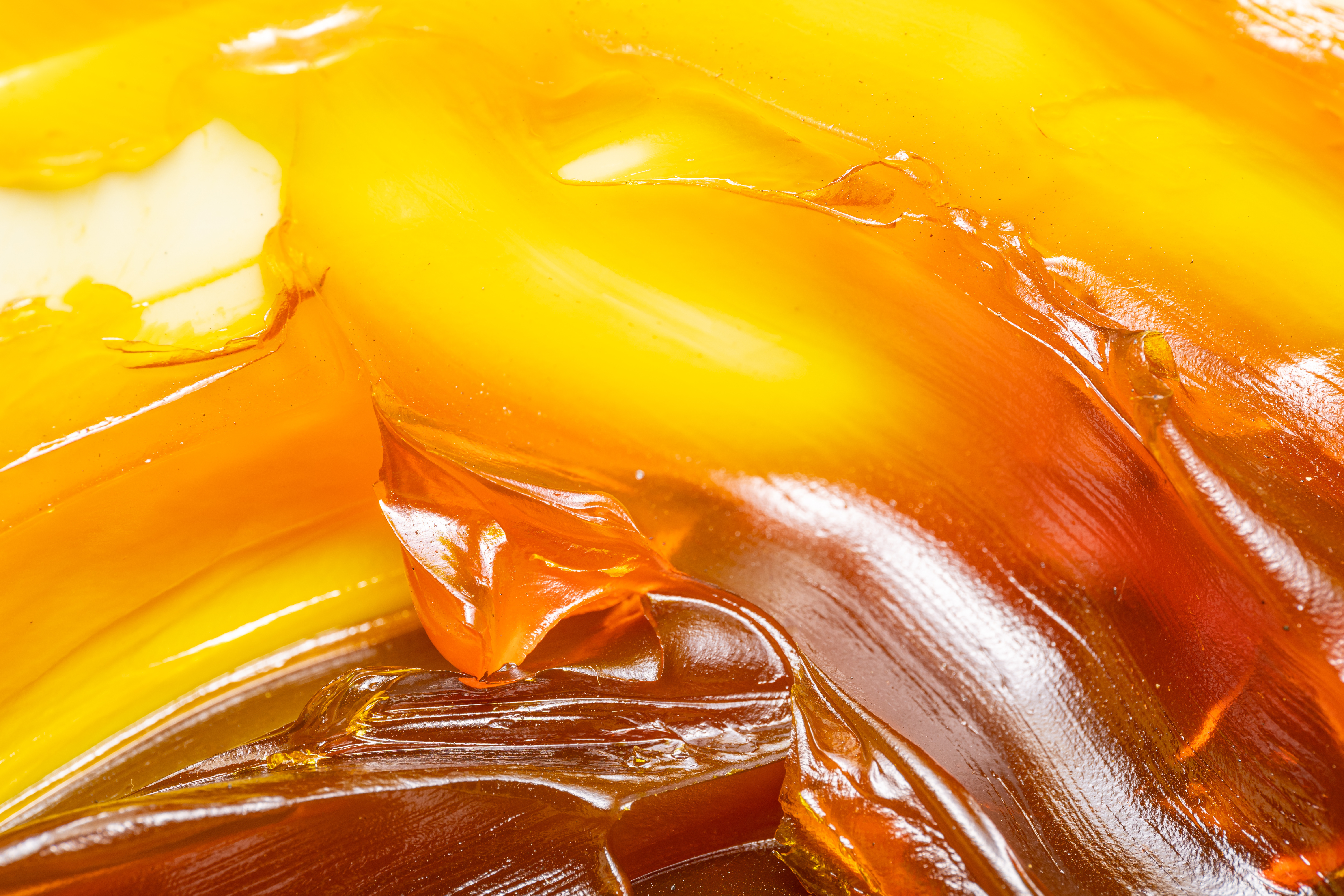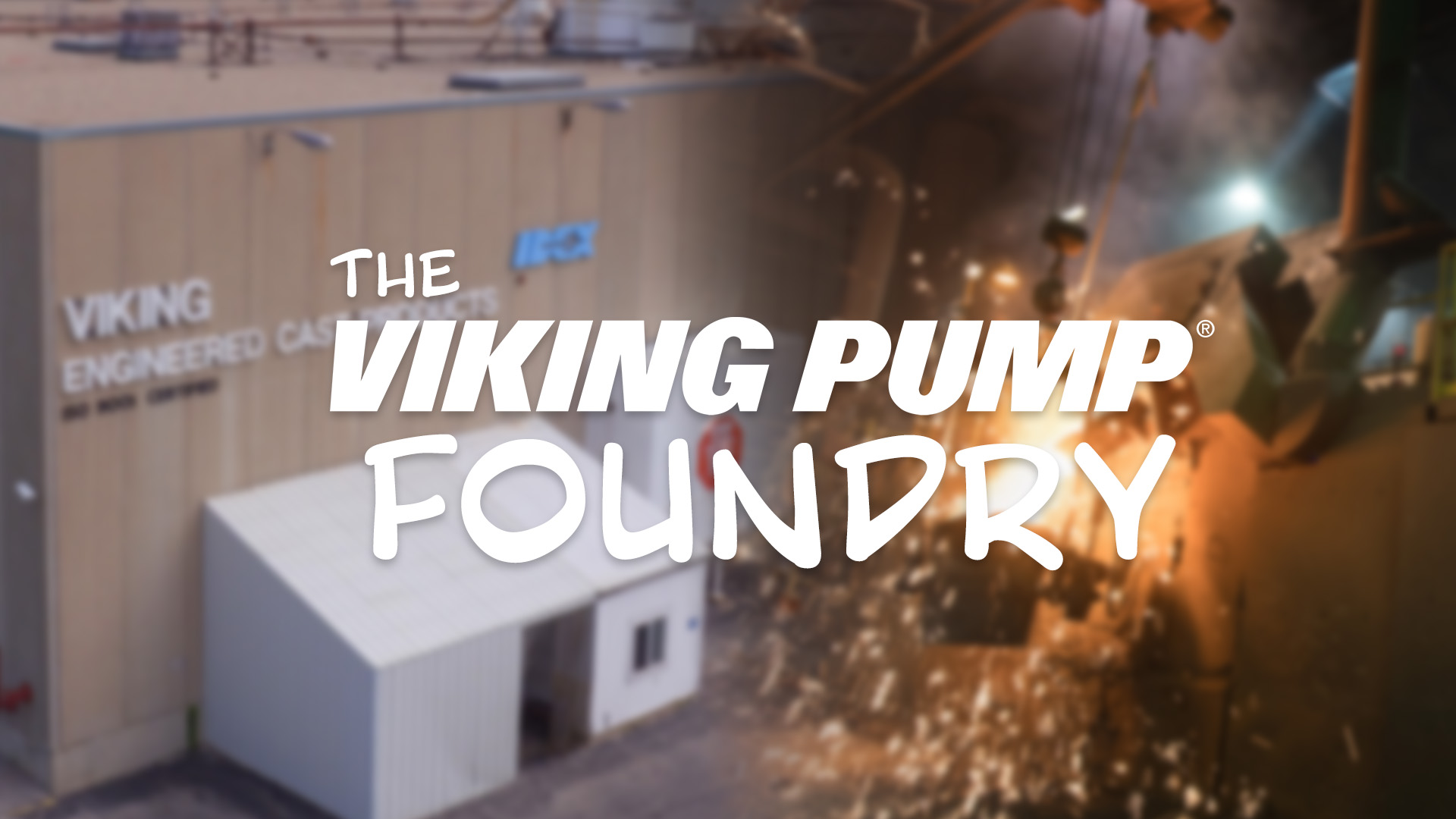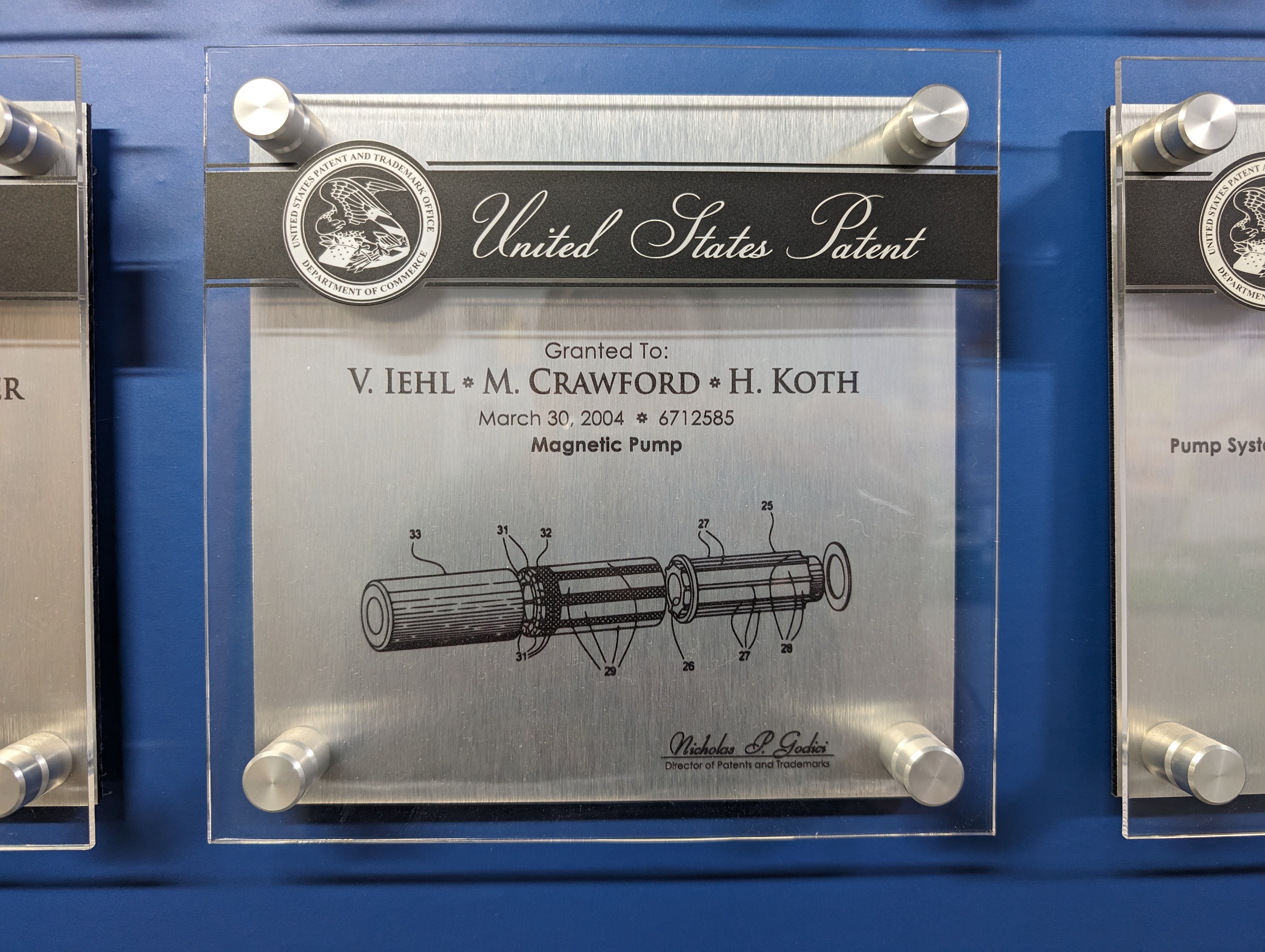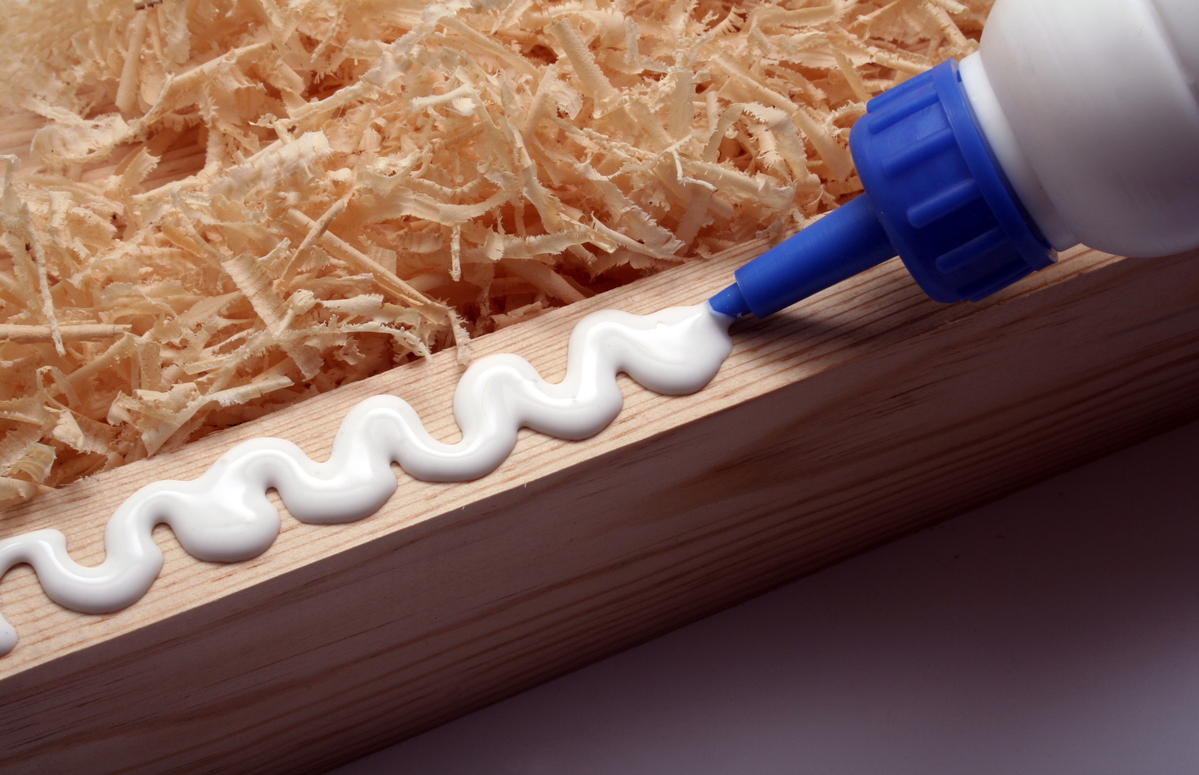
How AxFlow and Viking Pump Helped an Adhesives Manufacturer Stick to Success
Discover how AxFlow and Viking Pump partnered to solve a high-viscosity adhesive pumping challenge with innovative solutions like the QS1127A pump and O-Pro® Cartridge Seal—boosting performance, reliability, and customer satisfaction.
When it comes to manufacturing adhesives like PVA wood glue, precision and reliability in pumping systems are essential. One adhesives manufacturer recently faced a challenge with their existing pump setup and turned to AxFlow, a trusted Viking Pump distributor, for a solution. What followed was a story of collaboration, technical innovation, and superior customer service.
